BIRMINGHAM, England—It isn’t just the green lawns, the players’ whites, or the ever-present threat of rain that makes Wimbledon a uniquely British event.
The world’s oldest tennis tournament is one of a number of high-profile social events increasingly catching the eye of international residents and visitors. Interest in classic British social events has been boosted by the hugely popular period TV drama “Downton Abbey” and the 2011 royal wedding of Prince William and Kate Middleton, say etiquette coaches. But before navigating the Wimbledon queues and the weather, visitors need to first get a grip on British etiquette.
The art of etiquette is delicate. Even Brits can unwittingly reveal their social standing simply by the way they drink tea: whether they add milk to tea or vice versa, whether they mistake “high tea” for “afternoon tea,” or whether they raise their pinkie when taking a sip (you shouldn’t).
Dating back to 1877, Wimbledon accumulated social prestige because it was folded into the aristocratic “summer season” that includes events such as the Royal Ascot and the Henley Regatta, explains etiquette expert Jo Bryant.
“You would have a whirlwind of parties and events over the summer months, all coinciding with the royal family’s residence at Buckingham Palace over the summer,” Bryant said.
The old rigid social structures have since changed, but those events still carry their social cache. Bryant said that while good etiquette is mostly about putting other people at ease and learning confidence, it still touches on that age-old British obsession—class and class-signaling.
“The Victorians managed to introduce a huge number of rules, which seemed to be a way for the aristocrats to trip up the non-aristocrats,” she said.
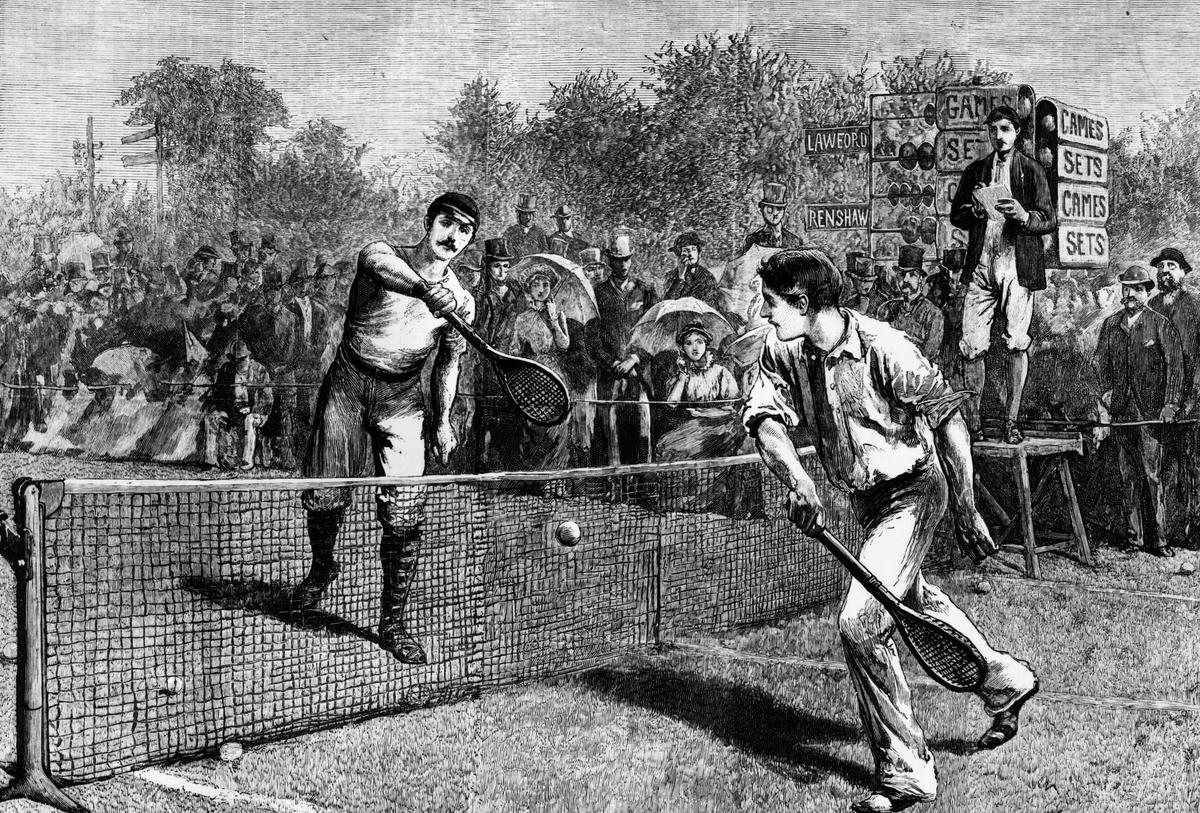
Some clear-cut rules remain—hold champagne glasses by the stem, tip soup bowls away, pass the port to the left—but much of British etiquette for social interactions falls in a gray area.
Bryant says she helps international clients understand how to read the social situations, not simply learn rules. “The unique thing about British etiquette is our restraint. There is still a thing about the upper lip,” she said.
Wimbledon
Wimbledon is a good example of that restraint, she said. “There is the code of behavior courtside, and then of course there are the queues.”
Lucy Hume, associate director at Debretts, a professional coaching company and authority on etiquette, says: “We hold queues in quite high regard in this country; they are kind of sacred. ... One of the biggest breaches of etiquette you can make is to queue jump.”
Wimbledon also brings the classic aristocratic lure—the possibility of a brush with attending royalty.
But the strawberries and cream of Wimbledon aren’t as traditional as we assume, says William Hanson, one of the leading authorities on British etiquette, who also notes that the championship is more of a middle-class event.
Hanson said those with greater social refinement would be unlikely to take part in eating strawberries and cream at Wimbledon, and certainly not on the move, considering the rule “You should only be doing one thing at a time.”
Social Classes
Hanson agrees that etiquette plays some role in distinguishing classes, but said that the British class system is more fluid than people realize.
“If you learn the code and you are also a nice person, you tell funny stories, it is very easy to rise from the middle class to the upper class. Look at the Middletons [Prince William’s in-laws],” he said.
Brits are constantly judging all kinds of social signals, Hanson says. For example, when meeting a person for the first time, whether someone says “Nice to meet you” or “How do you do?” will naturally reveal their class background (go for the latter).
Hanson said that good manners are essential for doing well in business.
“Good manners, in whatever country, are all about respecting others and putting others at ease. If you forget the class stuff, it is just about how to interact with people,” he said.
He also credits the growth in interest in British manners to “Downton Abbey,” as well as the royal wedding.
He said that many British people would benefit from learning old-fashioned manners, but mistakenly think they already know it all. “When I teach the British, I have to get it to sound light and funny and a bit ironic for them to accept instruction. Whereas if I go to China, I can do it directly, and they will listen,” he said.
And rest assured, foreigners will always be granted a certain grace for not knowing the rules, Hanson says.
Queen Victoria certainly agreed, if an old, apocryphal story is to be believed. After a guest, the Shah (king) of Persia, mistakenly drank from his finger bowl (meant for washing hands) at a state banquet, the queen copied him, following another rule of etiquette: Always put your guest at ease.
Correction: A previous version of this article incorrectly stated an etiquette rule in regards to port. It should be the left. The Epoch Times regrets the error.
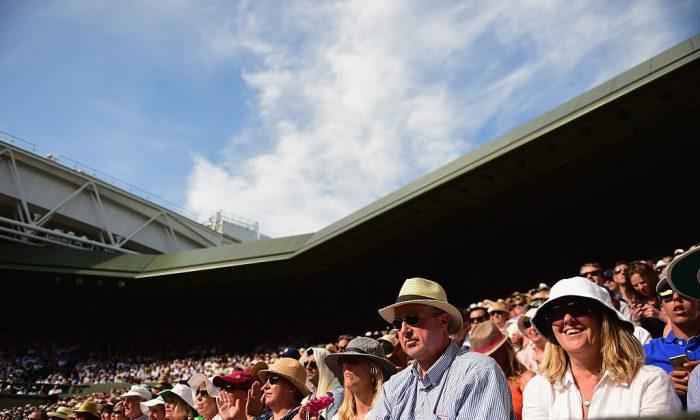

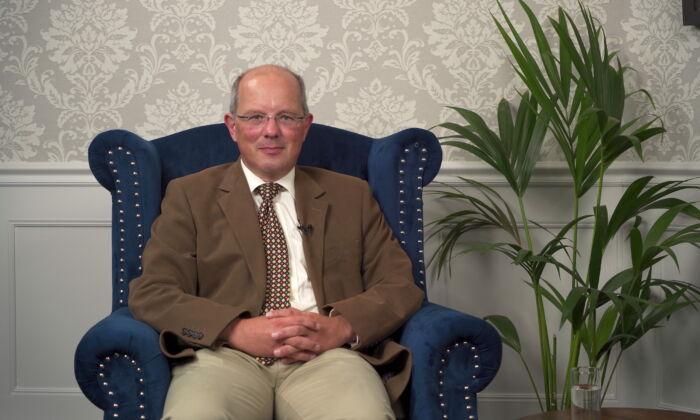
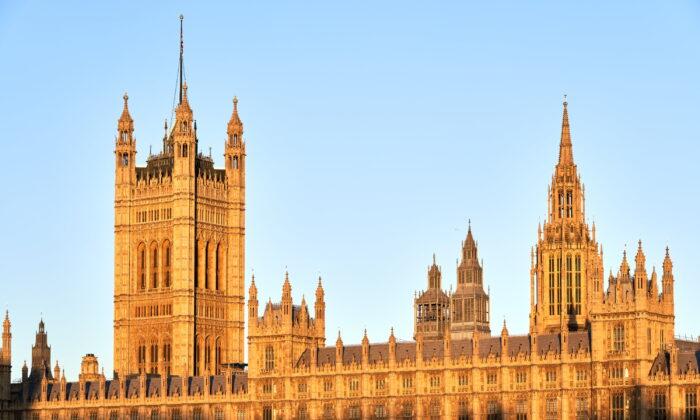
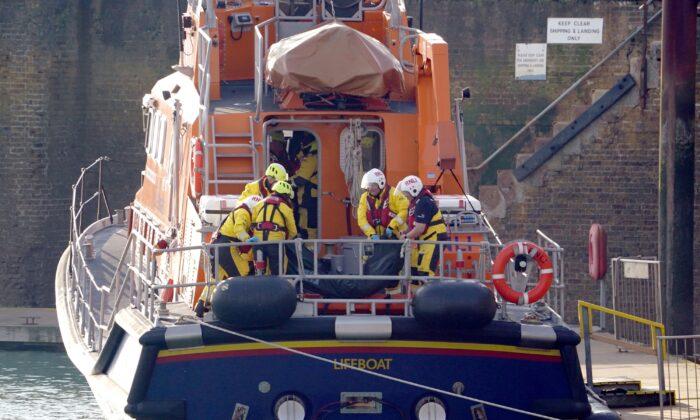
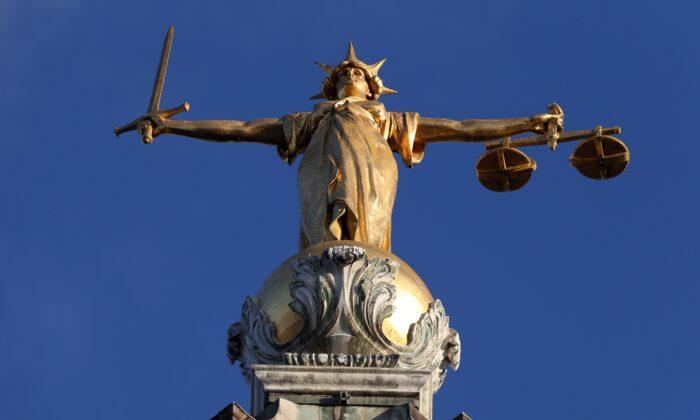
Friends Read Free